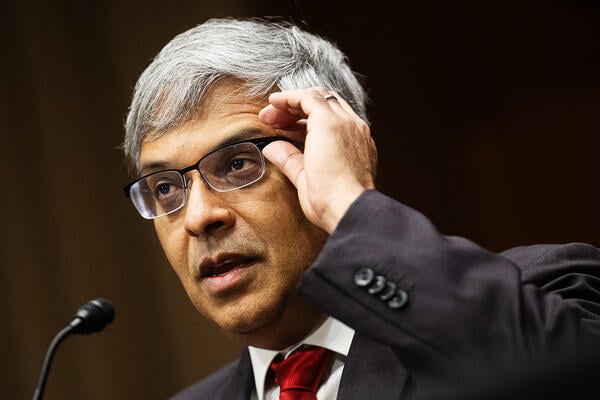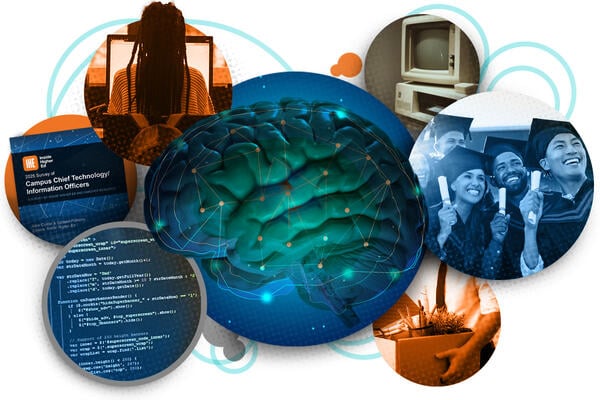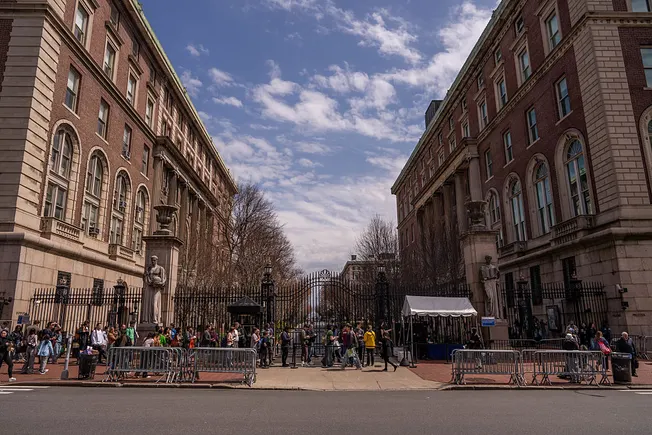International Ph.D. students and postdoctoral scholars drive a large share of the United States’ scientific research, innovation and global competitiveness. Yet these visa holders often face systemic barriers that limit their ability to build independent, fulfilling careers. Restricted access to fellowships and immigration constraints can stifle career agency, forcing the nation’s institutions to lose out on the very global talent they train to fuel discovery and progress.
Drawing from insights in our recently released book, Thriving as an International Scientist (University of California Press), this essay outlines key challenges that international scientists face and concrete steps universities, employers and scientific societies can take to enable their dynamic career success.
Systemic Barriers to Career Independence
The U.S. depends on international talent to sustain its scientific enterprise. In 2023, nearly 41 percent of Ph.D. students and 58 percent of postdocs in U.S. universities were visa holders, and international scholars made up 34 percent of Ph.D. graduates in 2022, an increase from just 11 percent in1977.
While U.S. universities still lead globally in training and employing a robust international scientific workforce, the recent anti-immigrant climate in the U.S. and growing global competition for STEM talent threatens this long-standing advantage. Two issues impacting international scientists stand out as particularly urgent: limited access to independent research fellowships and visa policies that restrict career flexibility.
- Fewer fellowships lead to reduced agency. International scientists have access to fewer fellowships for supporting their independent research ideas. Data on primary sources of STEM doctoral student funding indicates 17 percent of international Ph.D. students relied primarily on fellowships, scholarships or dissertation grants in 2022, compared to 29 percent of their U.S. citizen and permanent resident peers. More than half of international Ph.D. students in science and engineering across U.S. universities relied on faculty-directed funding, through research assistantships, compared with just a third of domestic students (citizens and permanent residents).
This reliance limits their autonomy to define research directions or confidently pursue professional development and internship opportunities. As a result, only 22 percent of international Ph.D. graduates from U.S. universities committed to academic careers (excluding postdocs) in 2022, in part due to a significant lack in independent funding experience—a key qualification for faculty roles.
- Visa constraints on career mobility. Visa regulations often confine international scientists to narrowly defined “research-related” roles in academia or industry. This restriction effectively locks them out of emerging career paths in the business of science, science policy, science communication, entrepreneurship, university administration and nonprofit leadership until they obtain permanent residency.
They are also disproportionately vulnerable to economic downturns or layoffs. Work visas typically allow a 60-day grace period to secure new employment and maintain legal immigration status, putting tremendous pressure on individuals and families. With rising costs and uncertainty surrounding H-1B work visas, employers may also hesitate to hire international scientists, compounding career instability for this essential segment of the STEM workforce.
What Universities Can Do
We expand on recommendations offered to universities in the International Talent Programs in the Changing Global Environment consensus report from the National Academies of Sciences, Engineering and Medicine and by the Association of American Universities’ Ph.D. Education Initiative. Universities can take the following actions to better support international Ph.D. students and postdocs:
- Expand access to independent funding. Increase visibility of funding through databases such as Pivot and create matching fellowship opportunities from institutional, corporate and philanthropic sources that are open to noncitizens.
- Track and leverage alumni outcomes. Analyze Ph.D. and postdoctoral career outcomes by citizenship and location in order to strengthen alumni mentorship and global networks for trainees.
- Specialized professional development for Ph.Ds. Provide training in in-demand and holistic skills to address wicked problems, advance emerging technologies and foster knowledge of a range of careers for STEM Ph.D. holders.
- Integrate career development into curricula. Embed professional development and career preparation within graduate and postdoctoral programs, rather than limiting them to extracurricular workshops, in order to encourage international scientists to participate.
- Foster equitable access to internships. Simplify and expand opportunities for experiential learning by using the Curricular Practical Training path. Departments can offer internship courses through which students can use CPT or encourage them to incorporate insights from their internships into the dissertation. Creating more practical opportunities for students to broadly apply their research skills enables their success in getting work visas for diverse careers.
At Princeton University, one of us developed a specialized professional development series for international graduate students integrating creative design, intentional career planning, immigration literacy and strategies for global careers. This approach helps international scholars build resilience, community and agency in navigating complex systems and uncertain futures.
The Role of Scientific and Professional Societies
Scientific and professional societies hold powerful levers for nationwide systemic change. Through initiatives that foster advocacy, partnerships and innovation, they can amplify the impact of international scientists and shape more inclusive policies.
- Diversify funding models. As scientific leaders reconsider how to continue funding STEM research including for graduate and postdoctoral programs at scale in the U.S. through convenings (e.g., by NASEM and UIDP), public-private-philanthropic partnerships must intentionally include considerations by and for international graduate students and postdocs in their planning and implementation.
- Require professional development. Foundations and philanthropic funders can make career and professional development a standard component of fellowships and sponsored research grants, following the precedents set by the National Science Foundation and the National Institutes of Health.
- Mobilize advocacy through data. Public-facing dashboards such as the NAFSA International Student Economic Value Tool and OPT Observatory from the Institute for Progress, demonstrate the economic and intellectual value of international scientists. These are powerful tools for storytelling, advocacy and policy change.
- Encourage immigration innovation. Beyond ongoing legislative efforts like the bipartisan Keep STEM Talent Act aiming to support the U.S. STEM workforce, the philanthropic sector can also pilot creative solutions. For instance, Renaissance Philanthropy’s Talent Mobility Fund raises awareness of underutilized immigration pathways such as O-1 and J-1 visas, diversifying routes available for STEM researchers.
Employer Responsibility
Employers across all sectors—universities, for-profit industries and nonprofit organizations—have a shared responsibility to create transparent, informed hiring practices for visa holders. Too often, candidates are left to initiate uncomfortable sponsorship discussions during job interviews. Instead, hiring managers should proactively coordinate with human resources and legal teams before posting positions to determine sponsorship possibilities, costs and timelines. Even small changes, such as explicitly noting “visa sponsorship available” (or not available) in job descriptions, can make a significant difference in promoting fairness and equity in hiring.
Moving Forward: Shared Responsibility for Systemic Change
The ability of international scientists to thrive is not just a matter of ethics and fairness—it is a strategic imperative for the future of American science and innovation. Universities, scientific societies, funders and employers have a shared responsibility to participate in removing systemic barriers and expanding opportunities for international scientists in a variety of careers.
While large-scale policy change may take time, meaningful progress is possible through small, immediate steps:
- Expanding access to independent funding and internships,
- Increasing transparency through data, and
- Fostering mentorship and advocacy networks.
By enabling international scientists to build dynamic, independent careers, we strengthen not only their futures but also the vitality and global leadership of the U.S. research enterprise.














